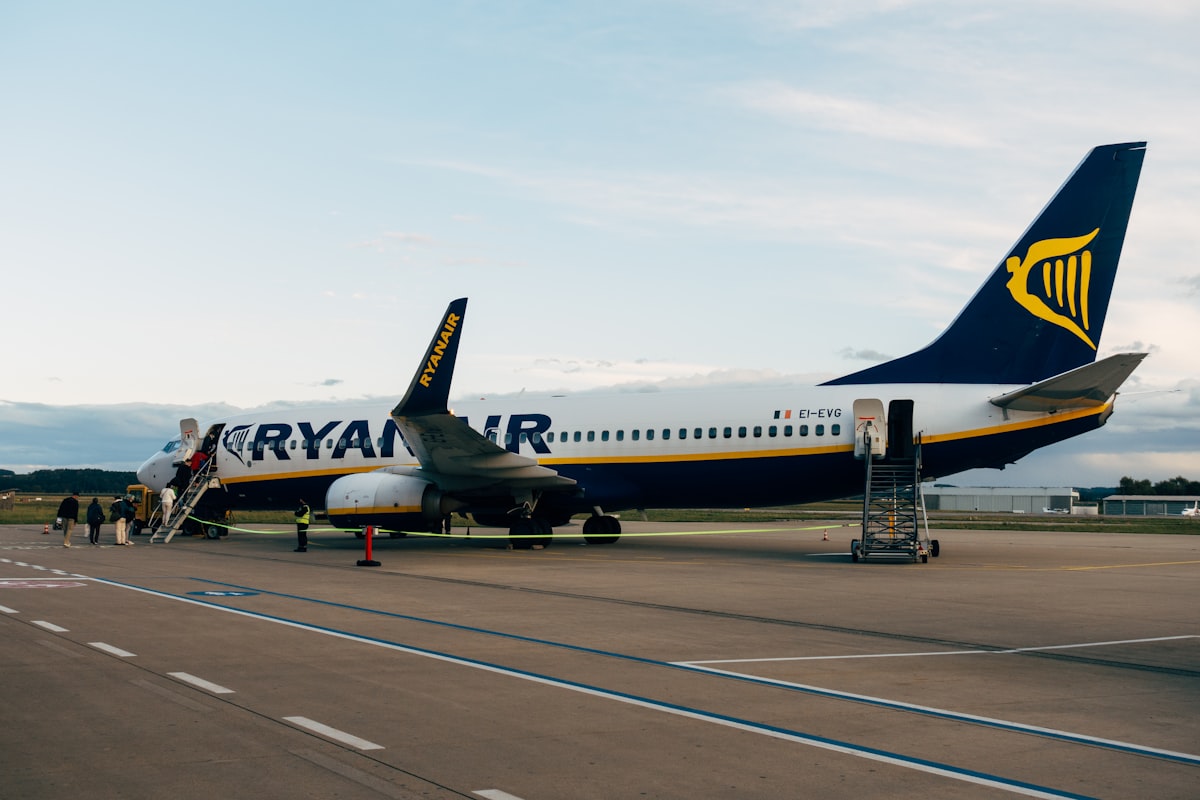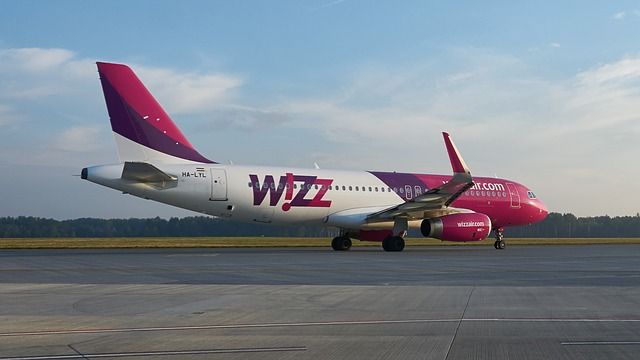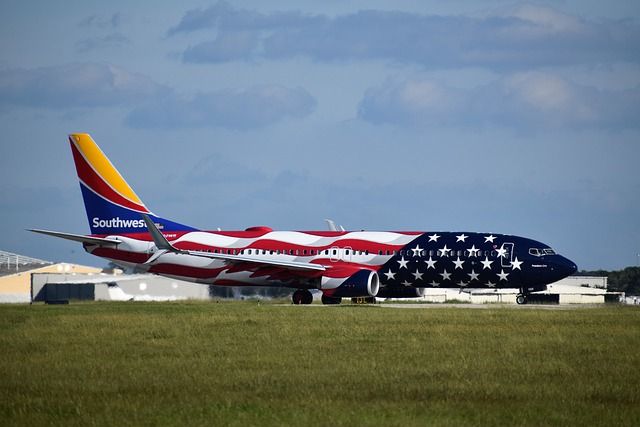Are low-cost airlines a cost-saving option for corporate travel?
This is an overview of how domestic and international low-cost airlines operate so that the travel manager and the traveler can have a better basis for making a decision.

There are many myths about the use of low-cost airlines in the corporate travel program. Some companies believe that having a policy of using these airlines as the first travel option will represent a significant percentage of savings in their bottom line at the end of the year. However, there are some questions worth considering.
Does the use of low-cost carriers represent savings in travel expenses? Do the operational characteristics of these airlines fit my company's corporate travel program and travel policies? The following is an overview of how domestic and international low-cost carriers operate so that the travel manager and the traveler can have a better basis for making a decision.

General characteristics of low-cost airlines
Online purchases, in real-time, so they do not allow to go through authorization processes before the trip.
The payment method is a centralized card or Ghost Card. The charge information shown on the credit card does not allow identifying which traveler it belongs to, because it only mentions the name of the airline, the charge date, the amount, and a reference number that does not match the ticket number purchased, which makes reconciliation difficult.
Passenger's credit card is the most recommended form of payment, whether the card belongs directly to the passenger (personal) or the company (corporate in the passenger's name).
Some airlines have restrictions as to the type of credit card to be used as a form of payment, either by the issuing bank or by the place of issuance of the card. Credit cards issued in a country outside of Mexico may not work for some domestic low-cost airlines.

A good option for personal travel
They have few frequencies in the destinations they handle and, in some of them, the frequencies are not daily and the schedules are very early or very late.
Fares are usually low, but they have many restrictions, they are usually non-refundable and any change has a penalty.
In some cases, there may be flight changes or cancellations by the airline without prior notice and the airline is not responsible.
If your company has a proprietary online booking tool, only some reservations can be purchased through it. If the online booking tool is another, the only way you will be able to book flights with airlines below cost will be via telephone.
The cheapest airline fares below cost have very restrictive policies regarding seat assignments, baggage allowance, and boarding pass printing, among others. Failure to comply with these policies can increase the total cost of the ticket by up to 200%.
On some routes, especially domestic, the cost of an airline ticket on a low-cost carrier can be similar to or higher than that of a commercial airline.
On international routes, combining commercial airlines with low-cost carriers may not be the best option, since if there is a flight delay or cancellation, the traveler may miss all connections. There are currently more than 150 low-cost airlines internationally.
In general, the inclusion of low-cost airlines in corporate travel programs can be a good decision to keep travel costs low. The parameters in which it would be recommended to include them, are:
That they are used only on the company's main routes and, preferably, that they are domestic flights where the airlines have at least two daily frequencies.
Evaluate the operational characteristics of the low-cost airlines to be included in the travel program and choose only those that can meet the requirements of your travel program:
a. Equipment operating conditions.
b. Formality in meeting travel itineraries.
c. Acceptance of the form of payment established by the company's travel policy.
That all ticket purchases of these airlines are made through your travel agency so that in case of any inconvenience that may arise during the trip, you can rely on it to take them forward in the best way. If your travel agency is corporate, you can rely on it for the configuration of this issue in its policy.




